Sometimes we need to use several operating systems simultaneously to perform different tasks. Each one has its own advantages, but just the idea of having to restart the computer to switch from one to another can keep you from using more than one of them for work, not to mention how tedious installing and maintaining them on the same computer can be. The solution is virtualization, which allows you to run a fictitious operating system while inside another, allowing them to communicate with each other, and all the possibilities that this brings.

What is virtualization?
When you have two operating systems installed on the same computer, they both coexist physically on the same computer, but, in order to run one or the other, you have to restart your computer and choose which one you want to use. What virtualization does is create a virtual computer using software that runs from a window within the operating system. That is, you can be using Windows, but have a distribution of Linux running in a window, thus allowing you to use both operating systems.

What do you need for virtualization?
There are several programs that allow you to run a virtual operating system, but the most popular and common are VMWare, a powerful paid program, and Virtualbox, which is free use.
One of the greatest advantages of doing this is that is reduces cost, as you won’t need to purchase 10 computers to have all 10 working independently. The only thing you have to keep in mind are you computer’s limitations, as you logically can’t virtualize a system with 4 GB of RAM on a computer that only has 2 GB.
Another big advantage is the flexibility that this technique offers, as you can easily install any operating system, or several at once. In a matter of minutes you can try out and compare several distributions of Linux, something that would otherwise take hours. This is not to mention how convenient it is to create or remove virtual machines with just a couple clicks, as they are just a compressed file on your hard drive that contains all the information.
Upon creating a virtual machine, you should adjust a series of settings, as if it dealt with the mounting of a physical computer. You will have to set the size of the virtual hard drive, which will be saved in a file on your hard drive, the amount of RAM memory you want to assign, and the content of the virtual CD/DVD drives. You can even install operating systems directly with an ISO image instead of using an install disc.

In addition to a test bench, these virtual machines can be used as a security measure, as you’ll have to break through the security of both operating systems because you are working with an operating system nested under another.
The process of installing an operating system is very similar across different platforms, but here we’ll use Virtualbox as an example because it is the only free-use one.
Download VirtualBox on Uptodown
Version for Windows | http://virtualbox.en.uptodown.com/
Version for Mac | http://virtualbox.en.uptodown.com/mac
Version for Ubuntu | http://virtualbox.en.uptodown.com/ubuntu
How to virtually install an operating system using Virtualbox
1. Upon opening Virtualbox, the first thing you must do is click the “New” button in the upper left corner, which will start a configuration wizard depending on which you want to emulate. You will assign a name to the first virtual machine you want to use, and choose the type of system you are going to install.
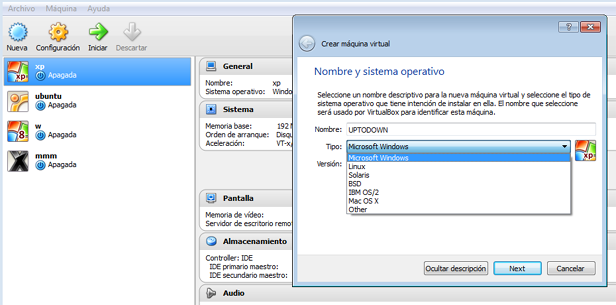
2. The next step is to assign the amount of RAM memory that you will need on the machine. You must be careful with this step because if you assign too much memory, your main operating system won’t work well, and if you assign too little, the system you’re emulating won’t work properly.
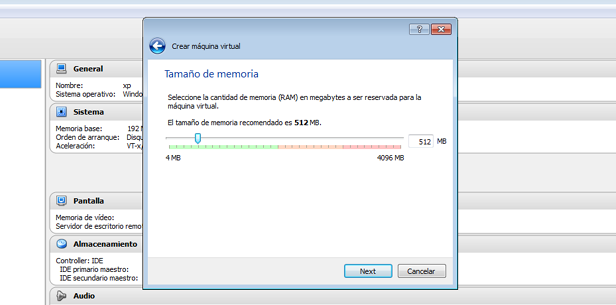
3. Next you will create a virtual drive on which your operating system will be installed. You can assign a specific size, but it’s recommended that you create a dynamically expanding hard drive, which takes up more or less the amount of space on your computer that the virtual machine needs over time. You can also choose different formats for the virtual drive for compatibility issues in the event that you need to use the installation on another program that isn’t Virtualbox itself.
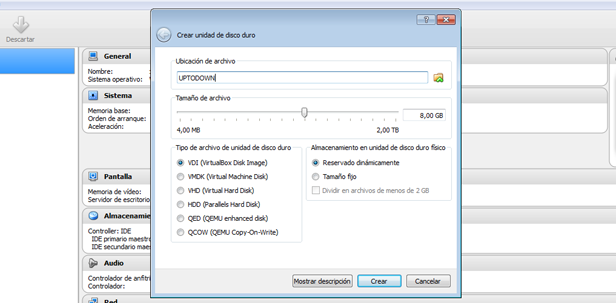
4. Lastly, to install the operating system on the virtual machine that you have just created, you must select where to read it from. So, you can install it from a classic CD or DVD, or from an ISO image. Click on the “Storage” tab, and select the content of the virtual unit.
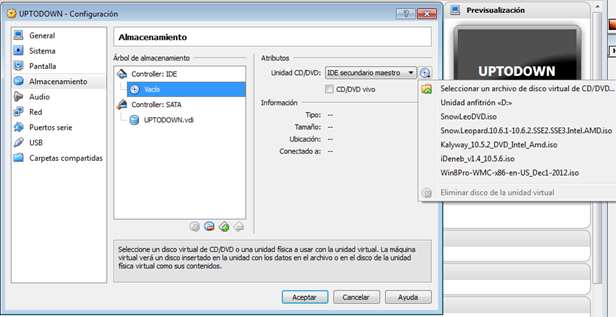
5. If you have done all the previous steps, after a normal installation, you’ll now have your virtual machine working at full capacity, automatically connected locally to your main system, and ready to go for whatever you need it to do. It can be the latest version of Ubuntu, a beta version of Android plagued with issues, or the classic Windows XP.
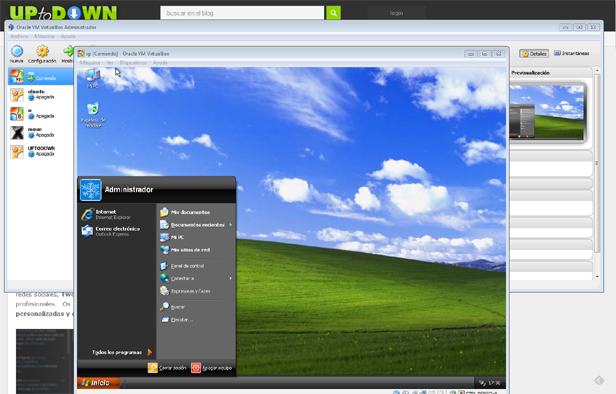









[…] Virtualbox is a software the lets you emulate one operating system inside another, a virtual PC running inside your machine that you can customize however you wish by assigning the desired amount of your system resources to this miniature nested computer. Thanks to this technology you can perfectly run a Linux distro from a screen within Windows. You can read a bit more about this here. […]
‘Thank you for this blog.